With its screaming matches, plagiarism and washed-up celebrities, the Republican convention has been called a “train wreck,” a “fiasco,” a “carnival,” a “nuclear dumpster fire”—you get the idea.
But Donald Trump, who formally accepted the party’s presidential nomination on Thursday night, appears to be delighted. And this single fact is a key to understanding Trump’s shockingly original strategy.
Political professionals and pundits see chaos and think bad. Trump sees chaos and thinks interesting. And he believes he can win the White House by making this election interesting to legions of Americans who don’t normally vote.
This is tangling the political class in knots. Every mode of measuring political success is based on what has worked in the past. By definition, that leaves out radically new ideas for activating previously inert voters. Reporters can count the number of staff members in each state, and add up the dollars spent on traditional advertising, and study the polls—which are built, after all, on estimates of “likely” voter turnout. And despite that effort, they would not see a wave building, beyond the horizon, where there has only been desert in the past.
Read More: Why Donald Trump’s Speech at the Republican Convention Was Historic
If non-voters enjoyed perfectly choreographed conventions and thrummed to displays of party unity, they would not be non-voters, would they? This is Trump’s insight, as simple as it is befuddling to the political industry: Non-voters are, almost by definition, turned off by anodyne speeches and phony bonhomie.
So what might grab their attention? A prime time reality television show might do it. A show in which a rich and good-looking family—replete with soap-operatic relationships, the kids of the first wife alongside the child of the second wife, looking not much younger than the super-model third wife—experiences the ups and downs and twists and turns of an eccentric dad’s presidential campaign.
Scenes from the Republican National Convention

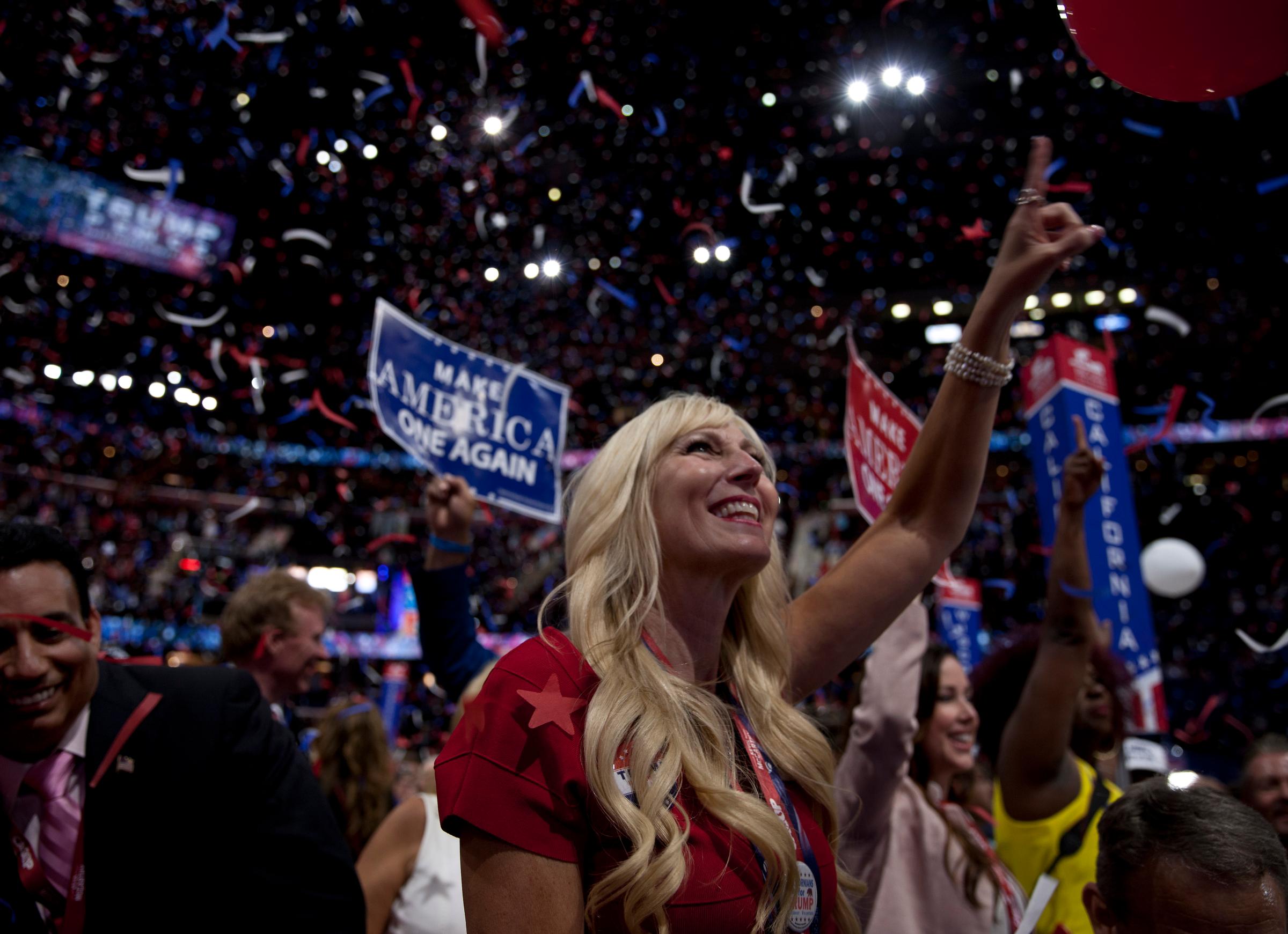
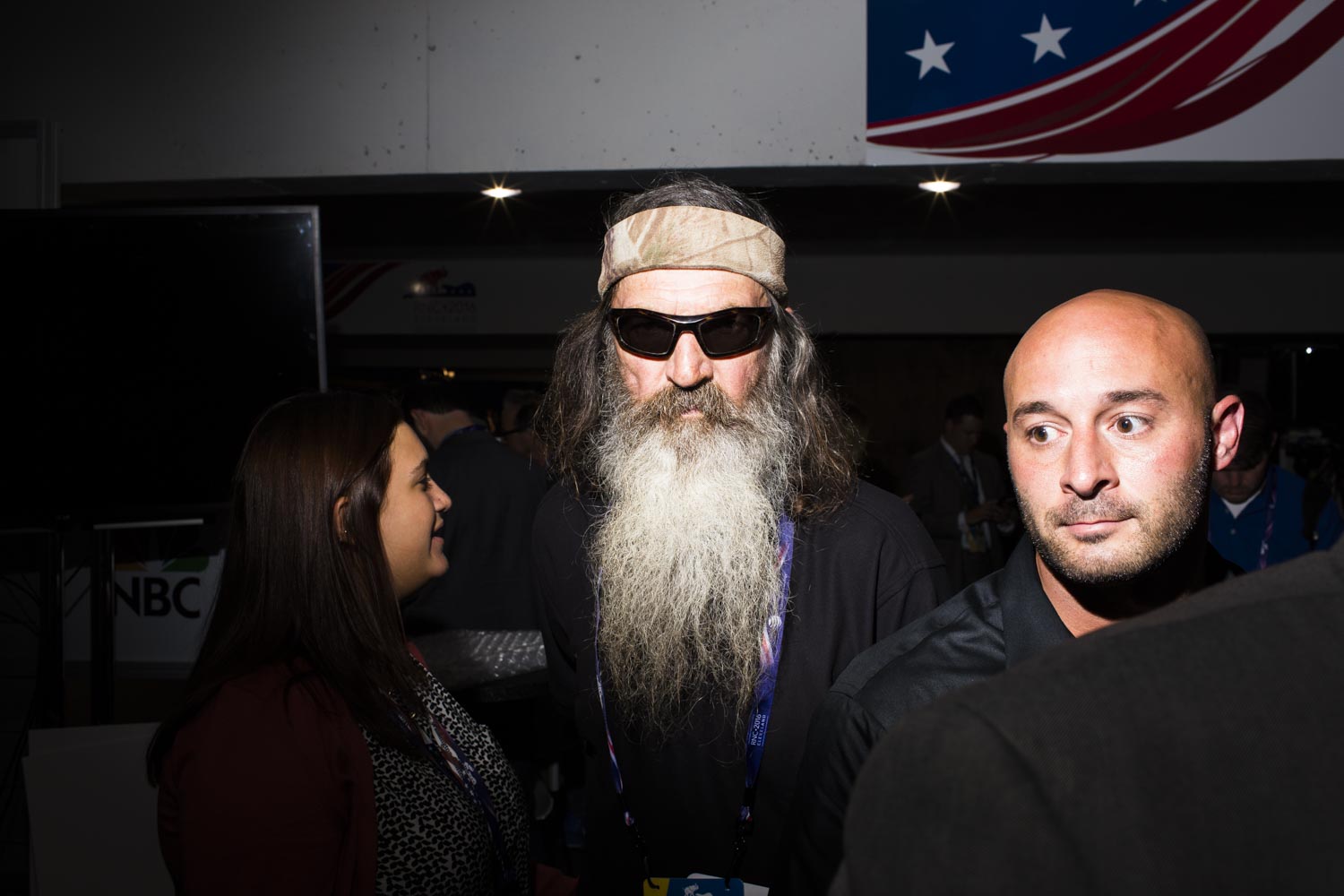
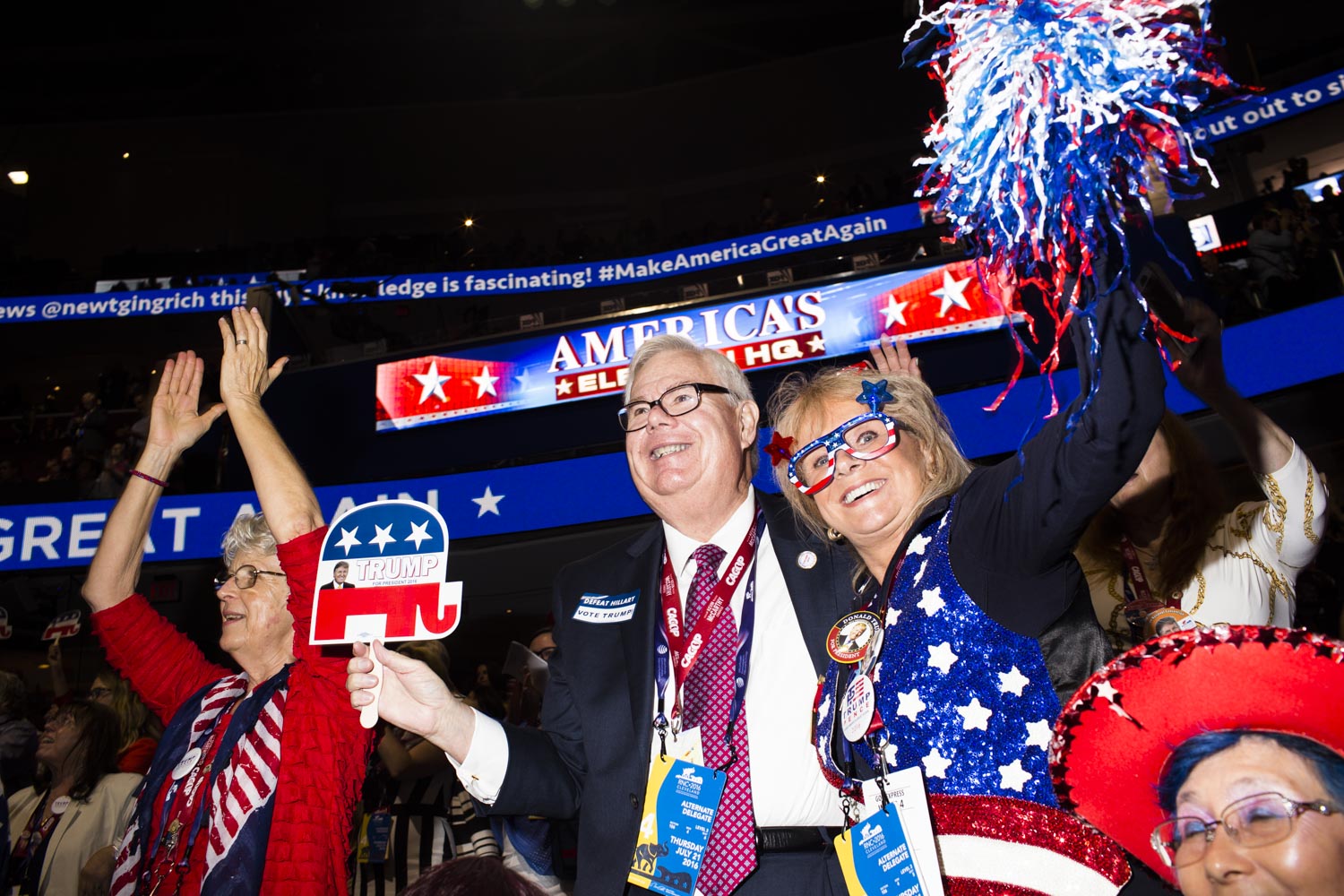
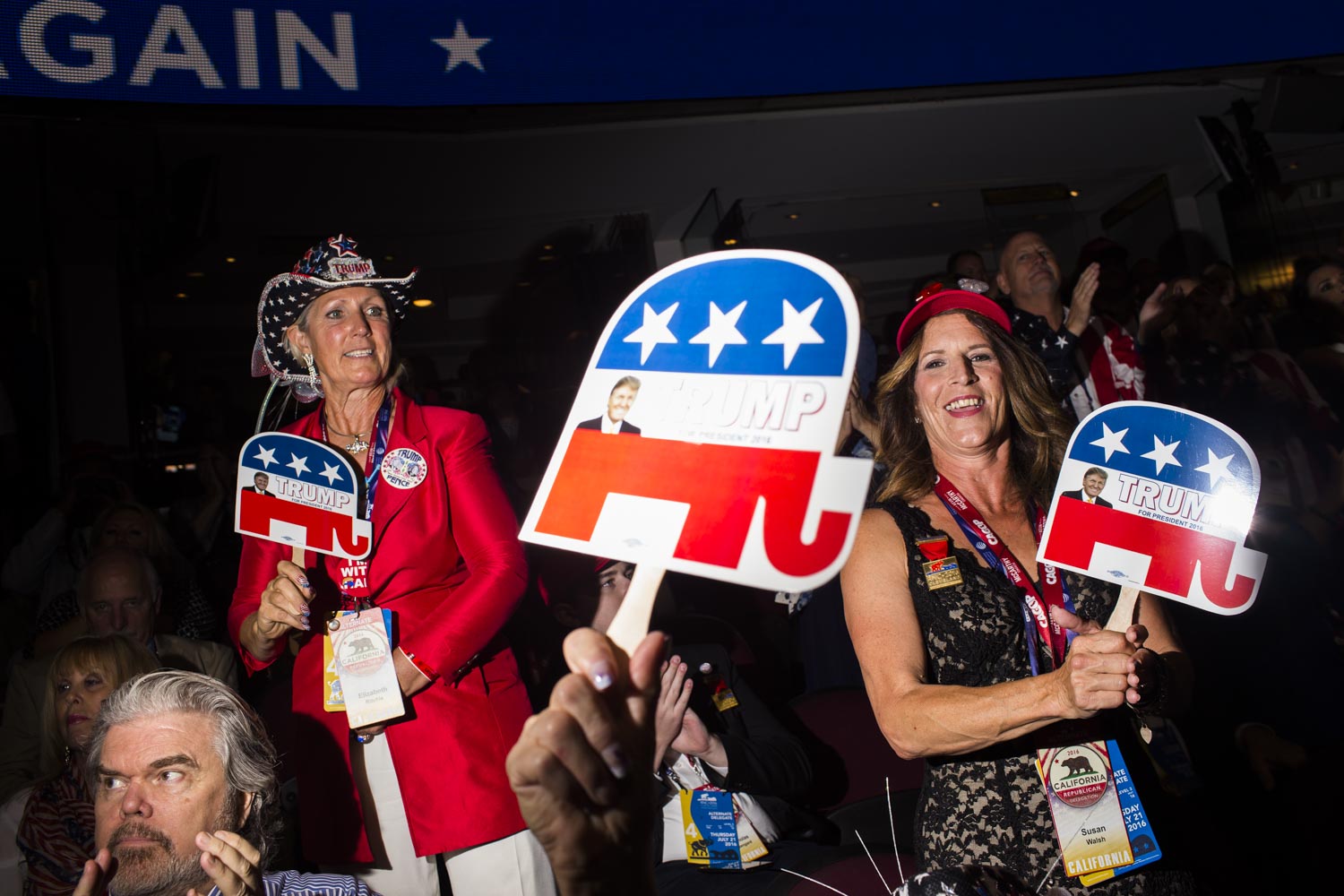






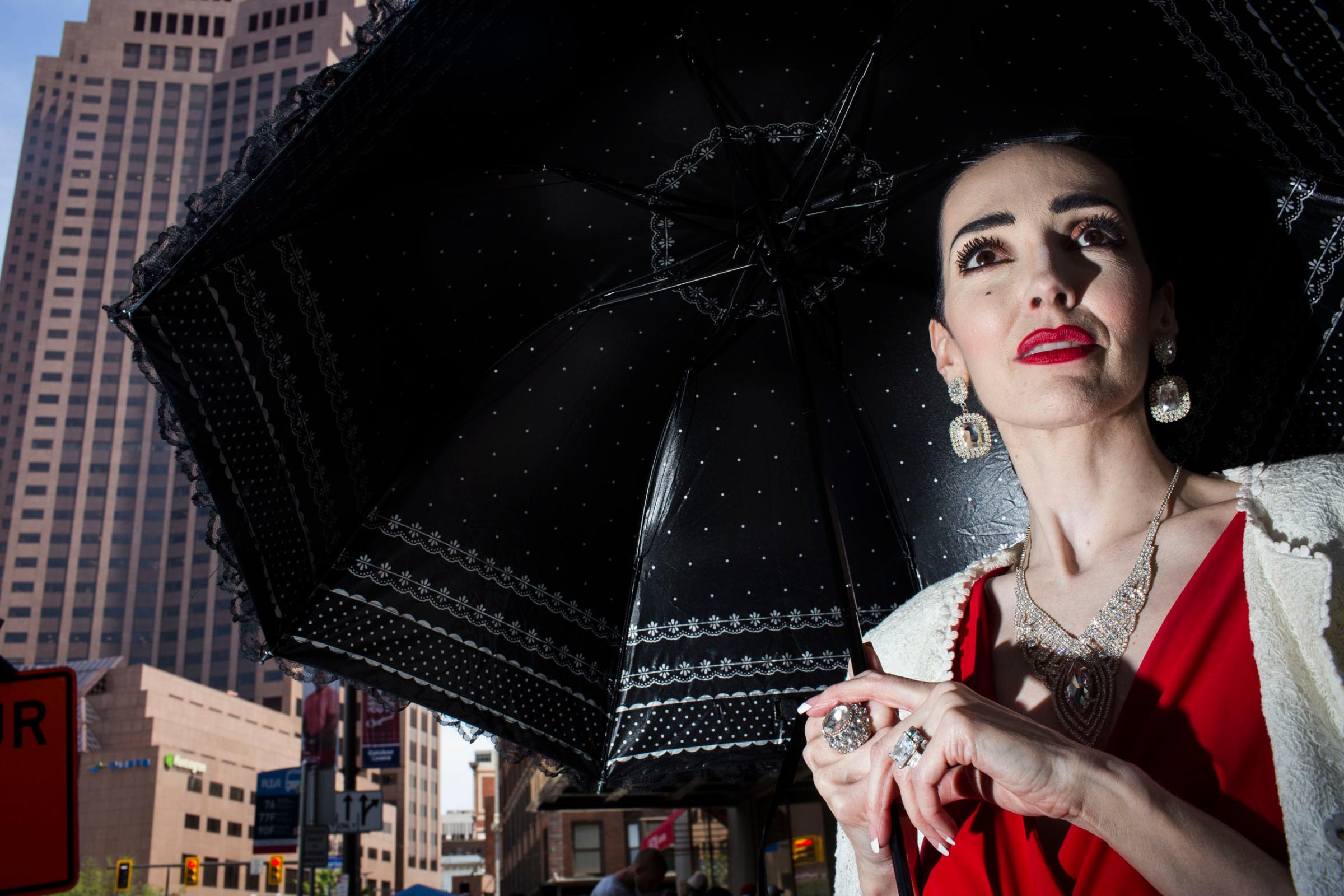
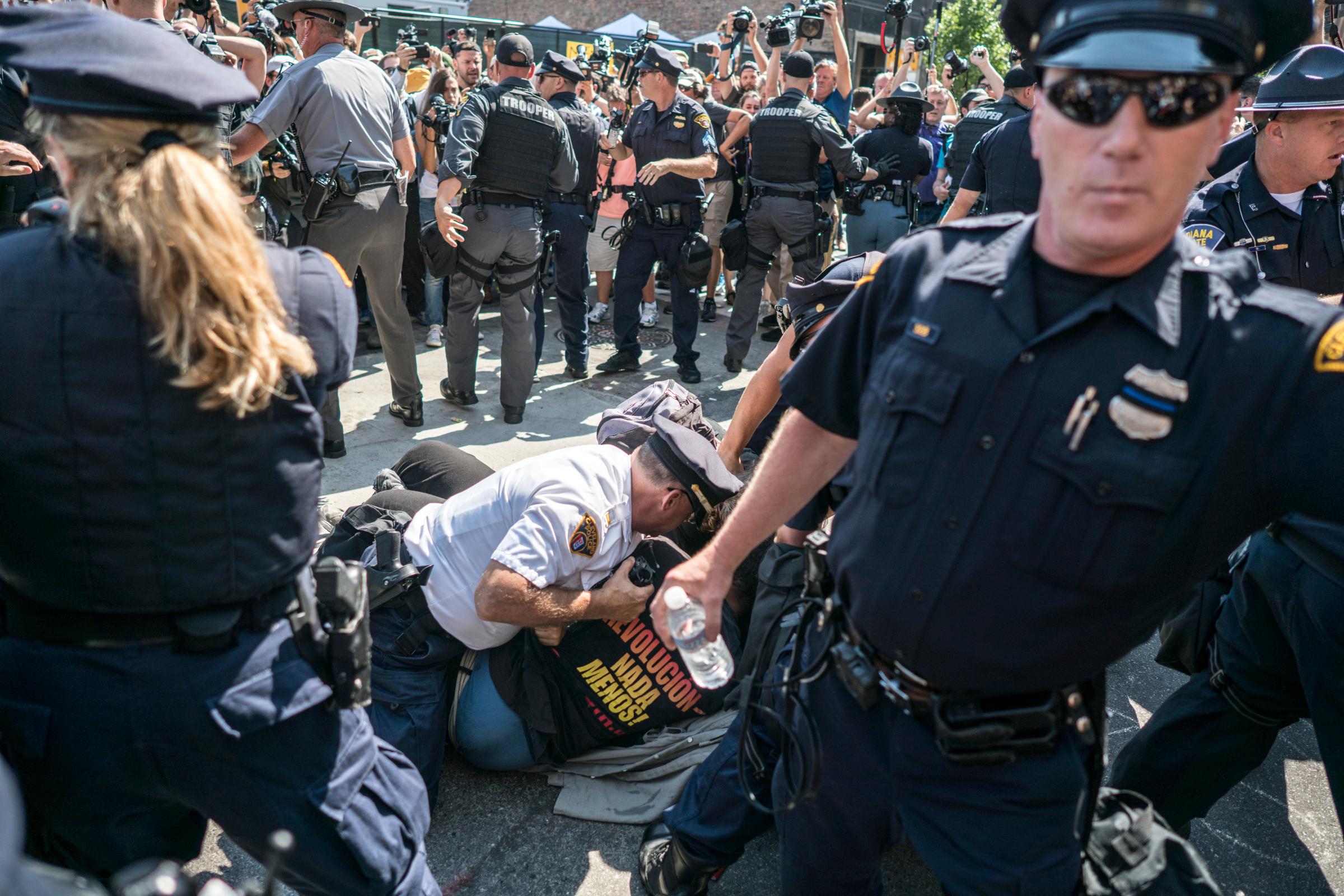



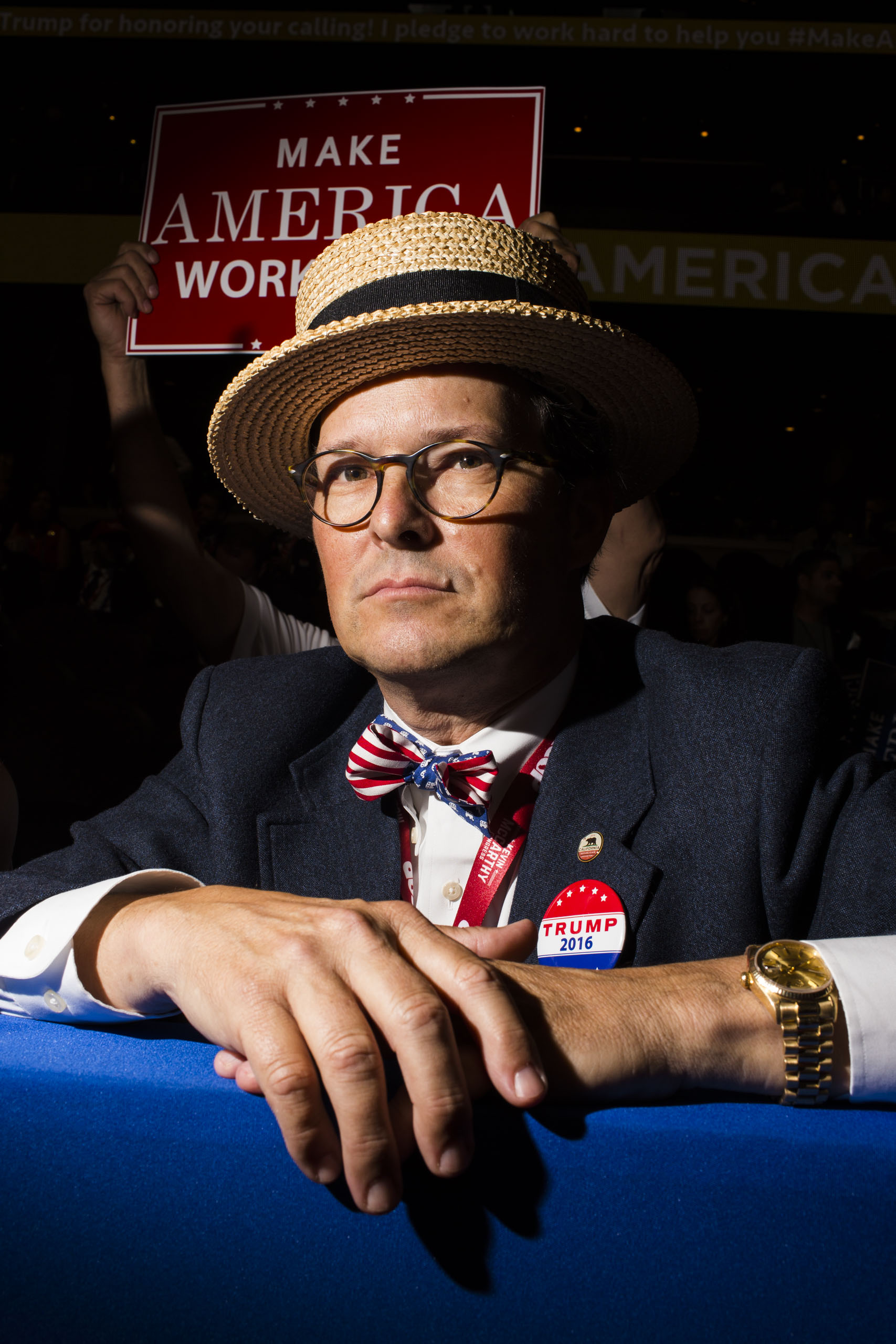

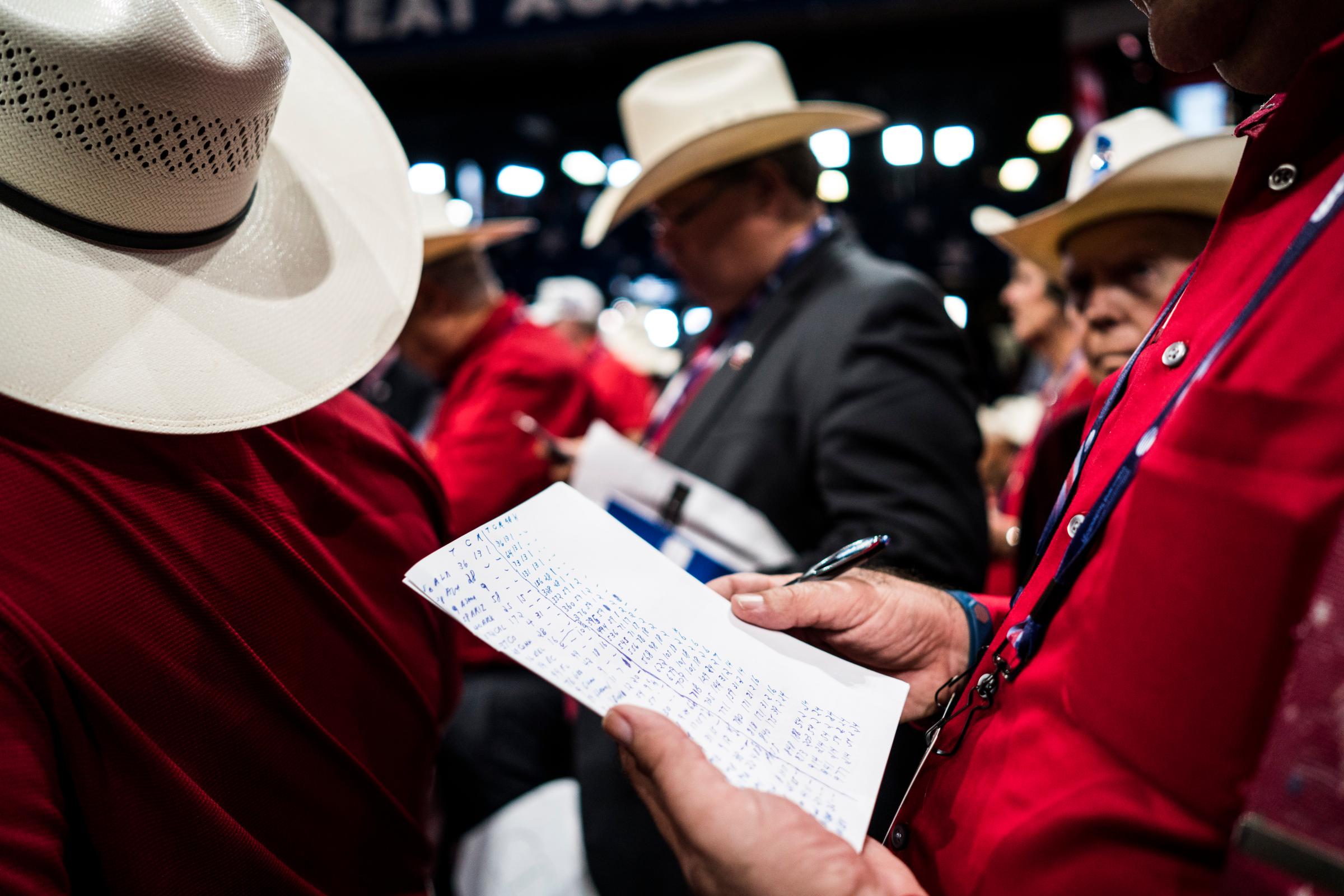
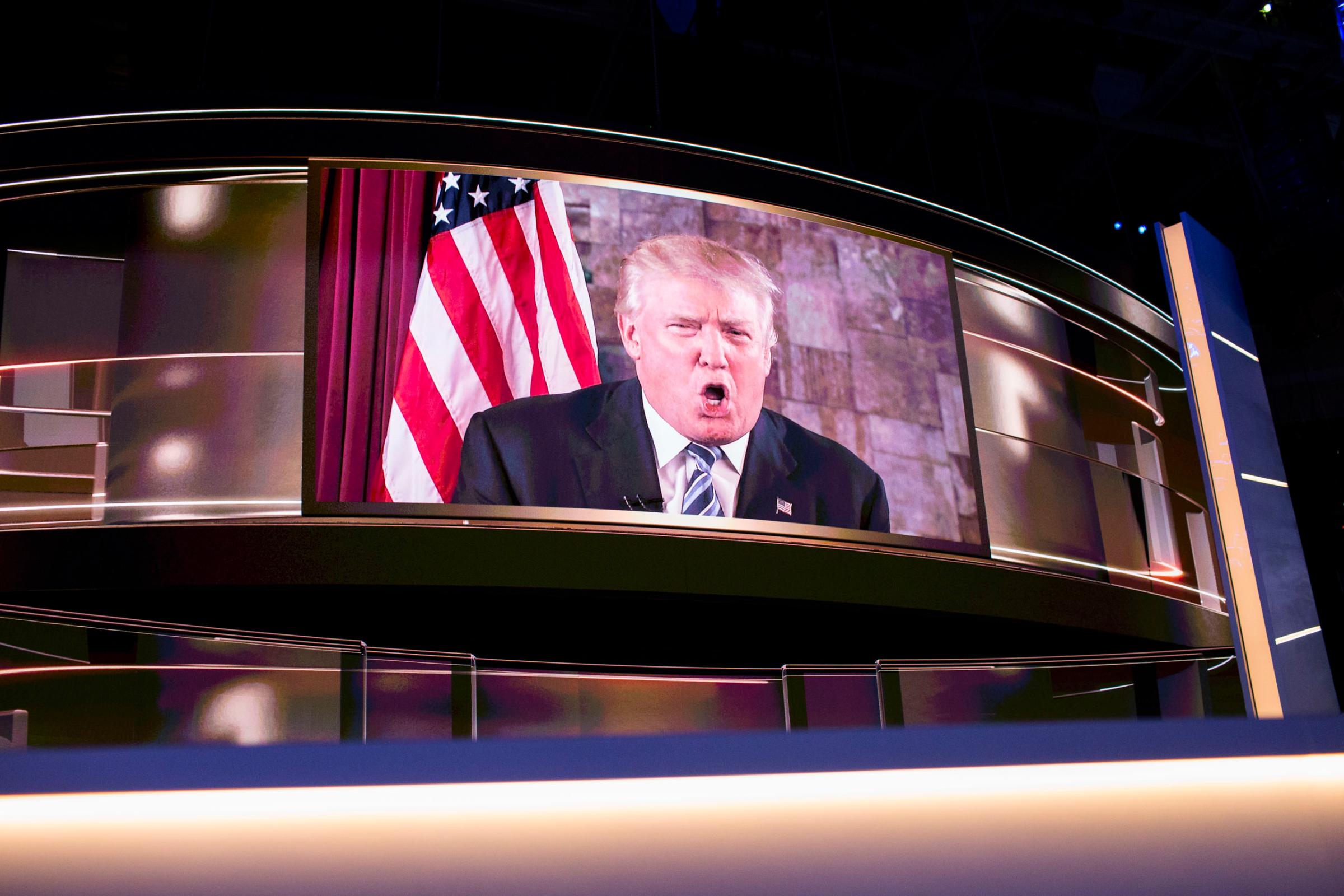

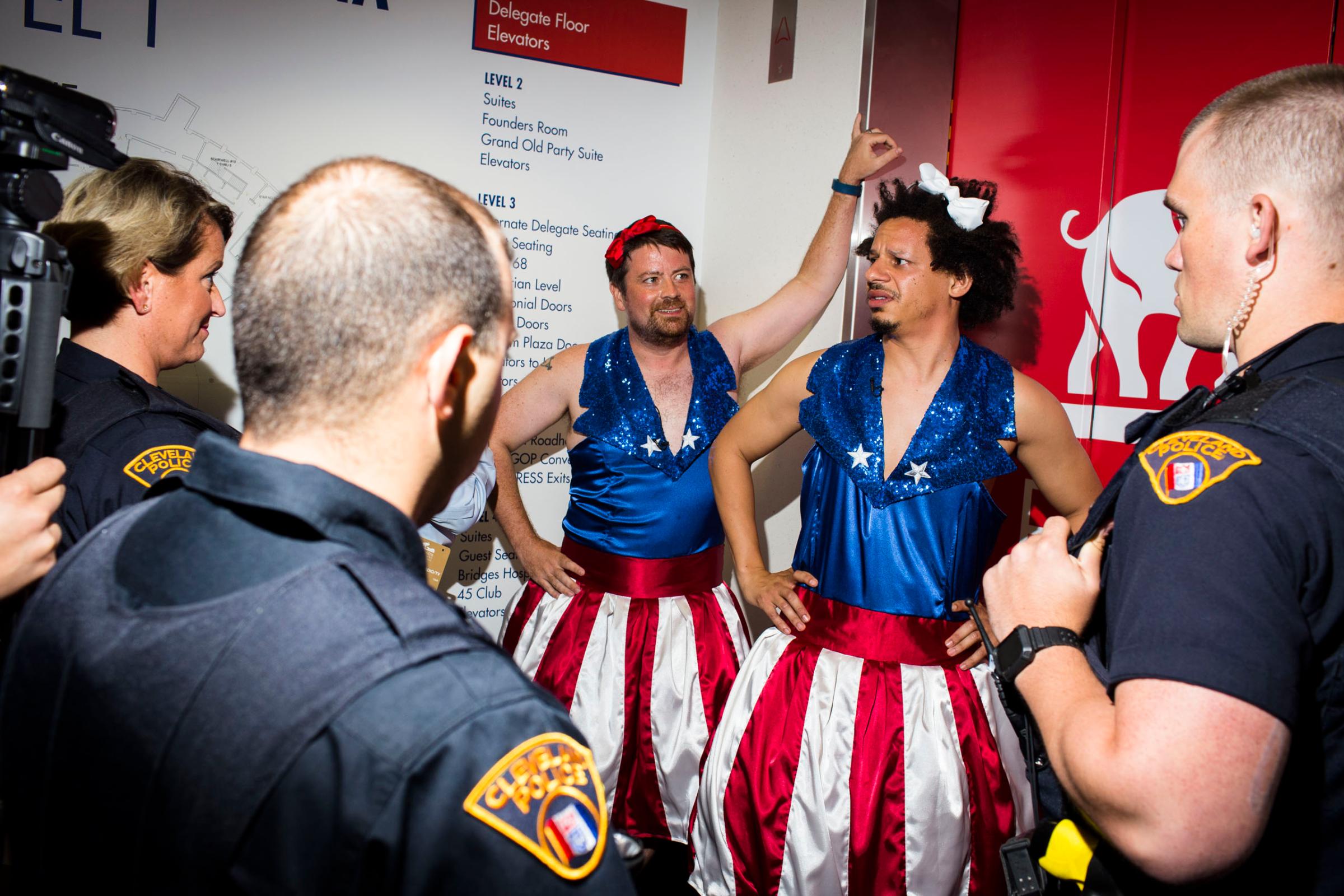










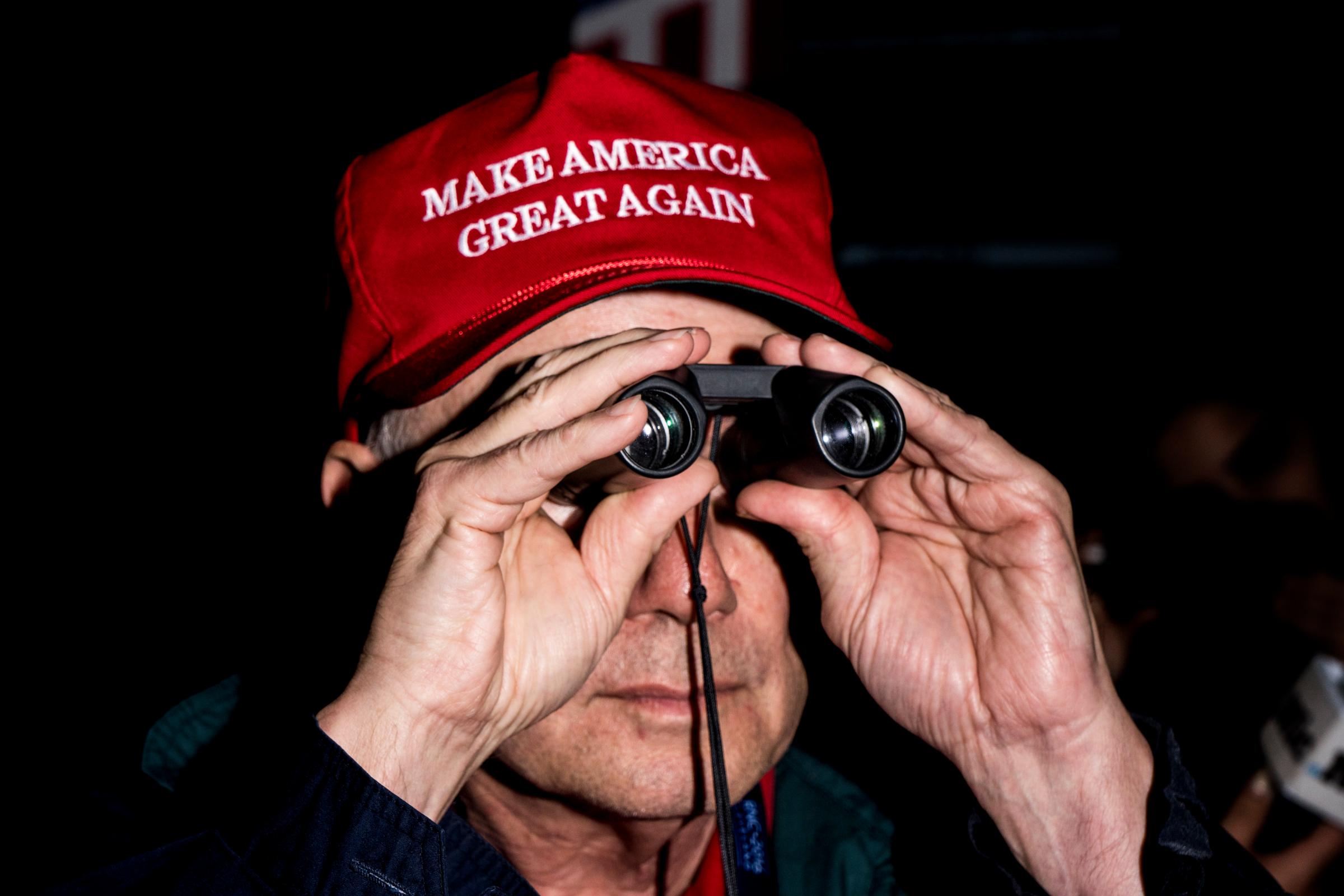
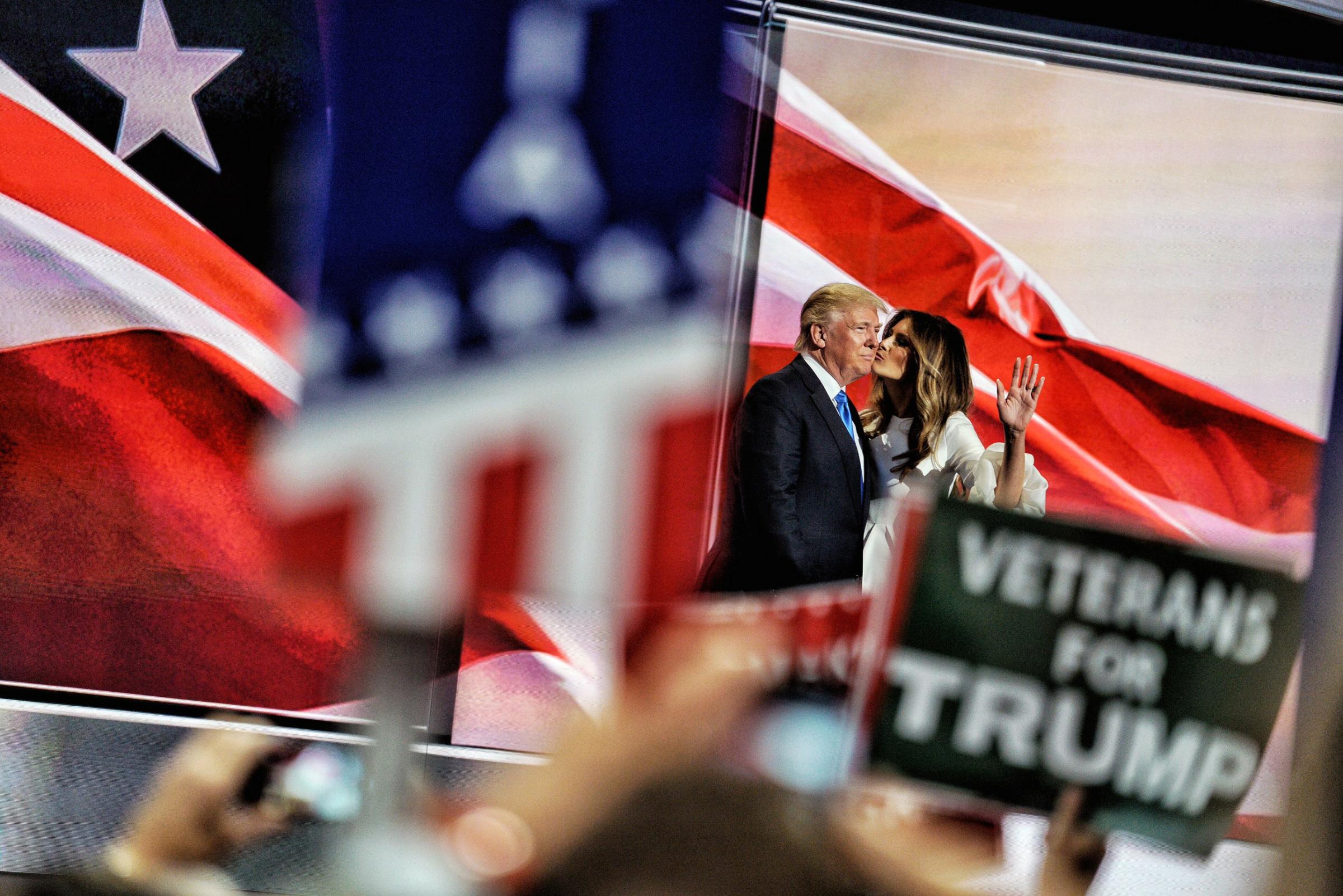
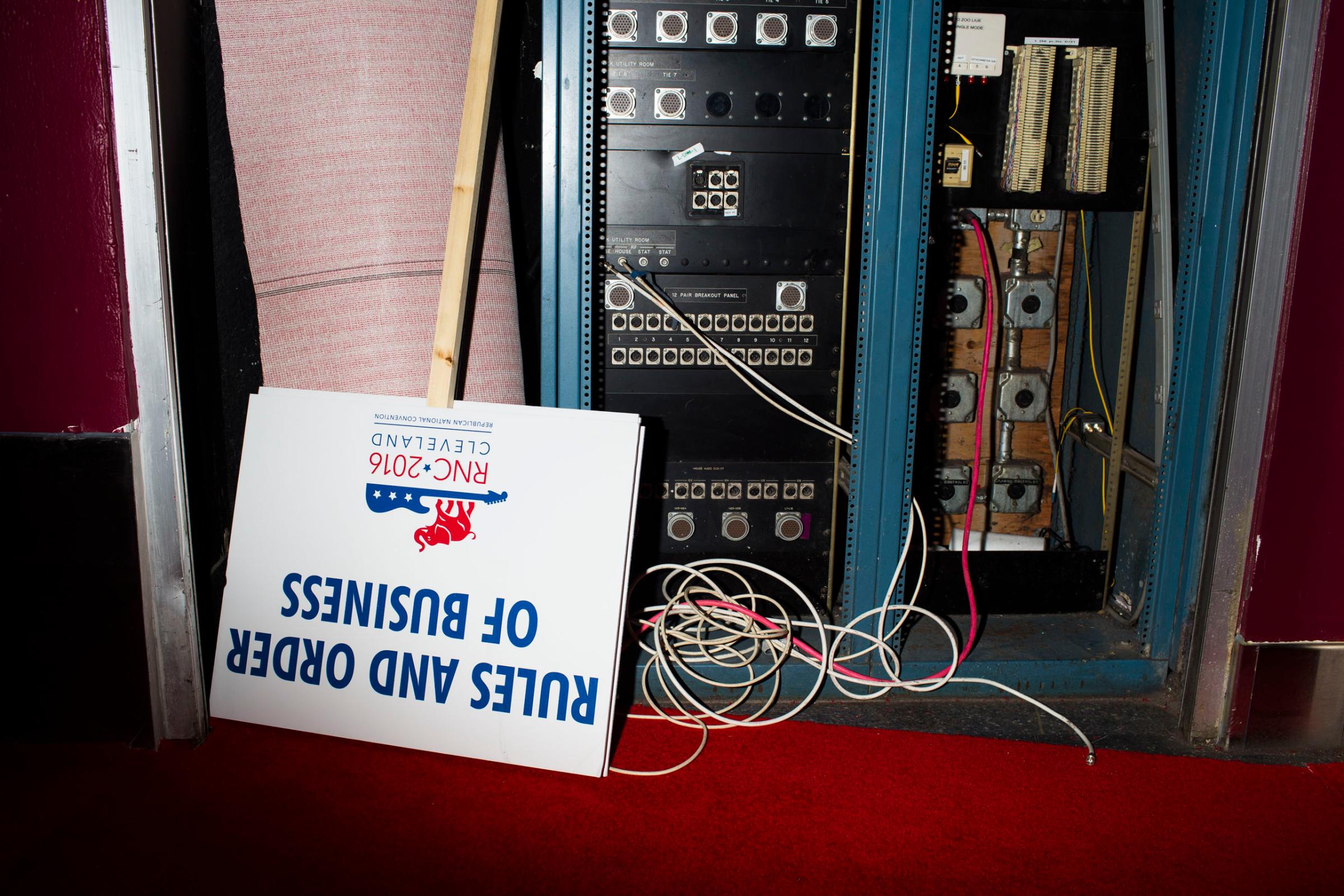
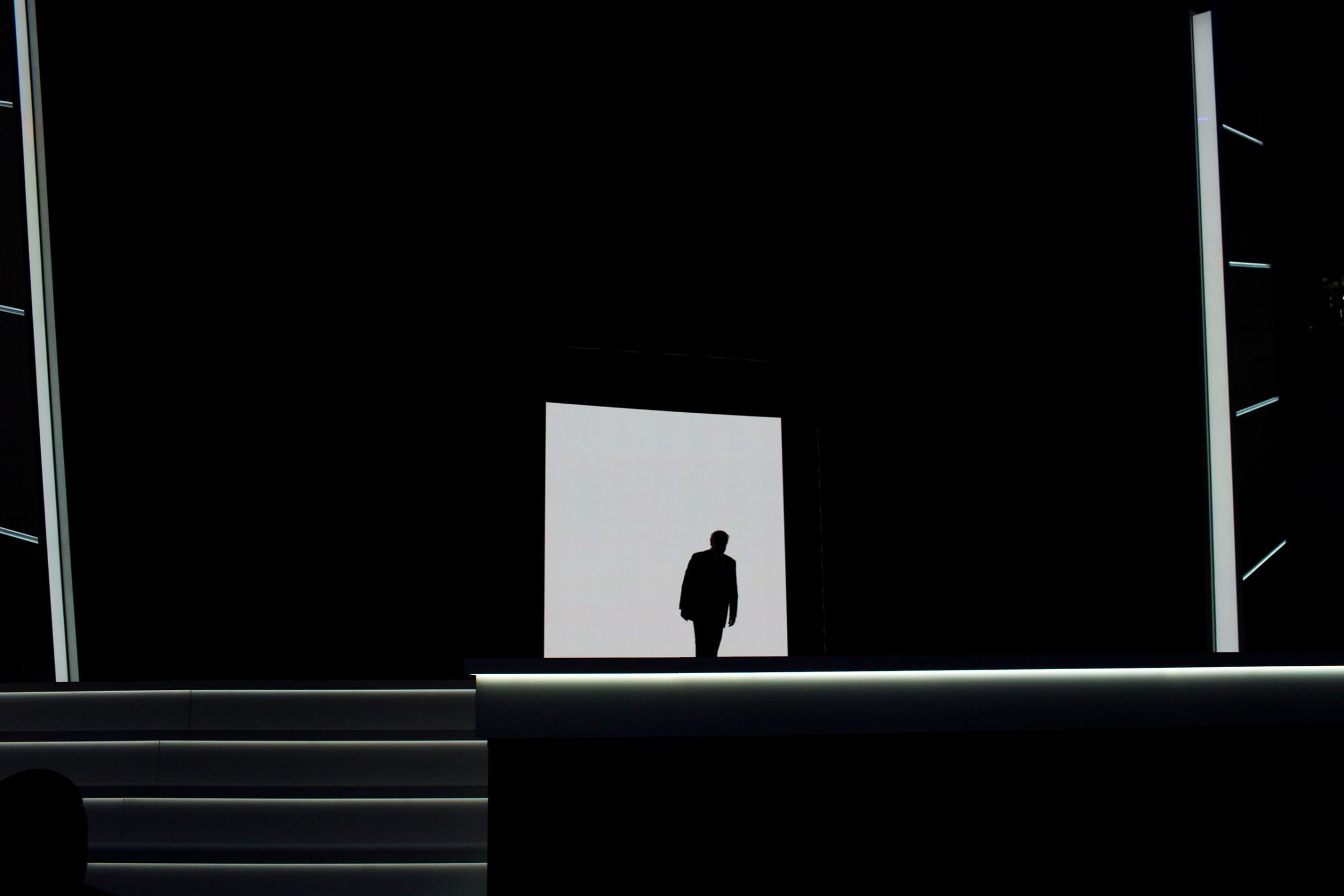
That’s what the nation has been watching this week. Every day has its discombobulating drama, and every night ends on a new cliffhanger. Story lines and character development spill over into social media, while characters frequently face the camera to comment on the unfolding story.
Elements of WWE have been salted into the mix, as well. On Wednesday night, for example, Trump—who had already entered the arena on Monday backlit in a cloud of dry ice smoke—stalked into the middle of the proceedings precisely as the crowd was jeering his old nemesis, Ted Cruz. John Cena himself could not have done it better, and if you’re surprised to find Cena in a story about presidential politics, that is precisely Trump’s point.
This isn’t an analogy. It’s a huge gamble on the first truly 21st Century campaign. Technology has given exhibitionists and promoters the means to connect with large audiences and create in them a sense—largely unreal—that they are personally involved the promoter’s life. There is an intimacy and emotional investment that works on the level of drama, and it hooks people who aren’t connected to politics as previously practiced. The goal is to connect with citizens who weren’t on the radar: and Trump has been succeeding, according to the RAND Corporation. In an innovative survey taken this spring, RAND found that respondents who agreed with the idea that “people like me don’t have any say” were over 80 percent more likely to vote for Trump than for another Republican primary candidate.
Read More: Midnight in America: Donald Trump’s Gloomy Convention Speech
Donald Trump knows exactly how this works. He was the co-creator and star of the hit reality series “The Apprentice,” and once took a turn in the ring at a WWE extravaganza. Here in Cleveland, he had America keeping up with the Trumps all week.
Watching the show, I’ve been thinking about an interview I had with Trump midway through the primary season, when he shared the outlines of this strategy. Even then, his instincts (which are his No. 1 political advantage) told him that he should not play the familiar game of micro-targeting blocs of voters in traditional swing states.
He didn’t want to talk much about Ohio, Florida, or Iowa—the familiar battlegrounds where Democrat Hillary Clinton has deployed armies of campaign workers to crunch data and canvas households in search of likely supporters. Come November, Clinton’s operation will execute a massive and expensive effort will push these prospects to the polls.
Trump preferred to talk about Electoral College treasures that he would dislodge from the Democratic column by capturing new audiences. New York, with its 29 electoral votes (more than 10 percent of the total needed for victory), has gone for Democrats since 1984. “Those are my people,” Trump said. “They know me.” Michigan, which adds another 16 votes, has been just as reliable for the Democrats. Trump predicted he would win the working class vote that once gave the state to Ronald Reagan.
Read More: Republican Convention Ends With Mixed Results for Donald Trump
He ticked through Virginia and New Jersey; a staff member mentioned Pennsylvania and certain states in New England. In other settings, Trump has even promised to fight for California, the cornerstone of Democratic victories, where the already sizable gap between registered Democrats and registered Republicans has increased by a million people since 2012.
To veteran political operatives, this kind of talk only deepens a widely shared feeling that Trump’s elevator might not go all the way to the penthouse.
No less an authority than Karl Rove, architect of the most recent GOP presidential wins, believes that talk of competing in New York and California is ludicrous. Writing in the Wall Street Journal on July 21, Rove pleaded with Trump to focus the campaign’s resources on the usual battleground states. “The most precious asset any presidential candidate has is time,” Rove wrote. “Mr. Trump’s must be wisely invested in states that are on the bubble.”
And polling data gives absolutely no sign that Trump is expanding the universe of voters. According to the Real Clear Politics running average of survey data, the Republican nominee currently has about 41 percent of the national electorate compared to 44 percent for Clinton, with similarly narrow margins in the battlegrounds. The Democratic strongholds appear unthreatened.
This is persuasive—until it isn’t. Because the polls are designed to emphasize “likely” voters, they might be missing out on fans of Campaigning With The Trumps. Just as the experts all missed Trump’s rise to the nomination, the same experts could be wrong about his ability to invent a new way to win in November.
The Trump way.
More Must-Reads from TIME
- Donald Trump Is TIME's 2024 Person of the Year
- Why We Chose Trump as Person of the Year
- Is Intermittent Fasting Good or Bad for You?
- The 100 Must-Read Books of 2024
- The 20 Best Christmas TV Episodes
- Column: If Optimism Feels Ridiculous Now, Try Hope
- The Future of Climate Action Is Trade Policy
- Merle Bombardieri Is Helping People Make the Baby Decision
Contact us at letters@time.com